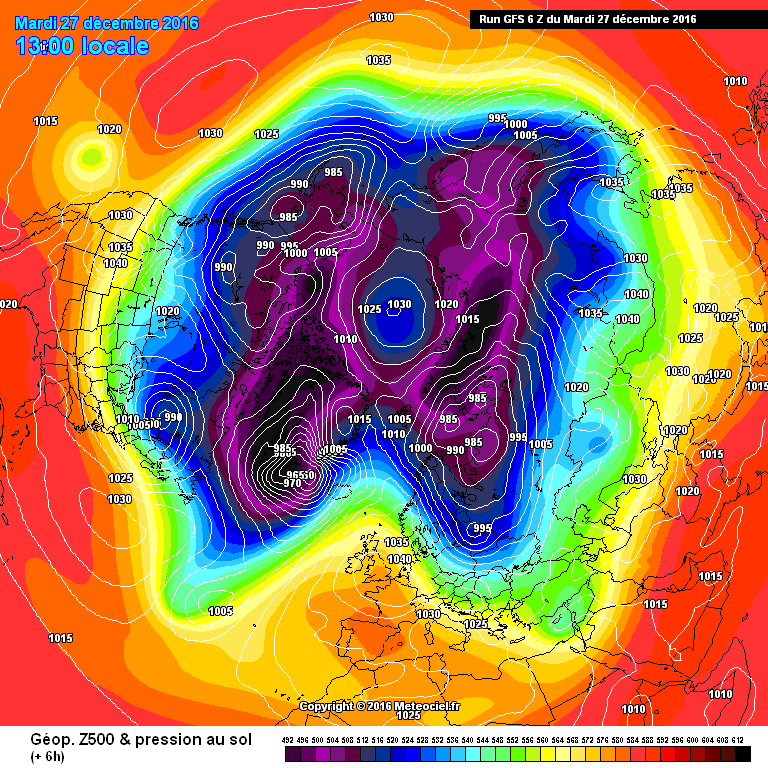Aktuelle Lage
Wir befinden uns zwischen einem Hoch über Westeuropa und einemTiefdruckkomplex im Osten. Diese Kombination produziert im Alpenraum eine teils stürmische Nordanströmung. Kollege Orakel hat für den Osten der Ostalpen Alarm geschlagen. Verantwortlich dafür ist eine lang gezogene Warmfront, die sich in der Nacht an die östliche Alpennordseite angelegt hat. Derzeit scheint die Schneefallgrenze im Bereich 700-800m zu pendeln, in den Alarmgebieten schneit es bereits, meist bei starkem Wind. Weiter westlich und im Süden bleibt es trocken. Bis Donnerstag hat sich das Ganze dann auch im Osten erledigt und Hochdruckeinfluss setzt sich im gesamten Alpenraum durch.










